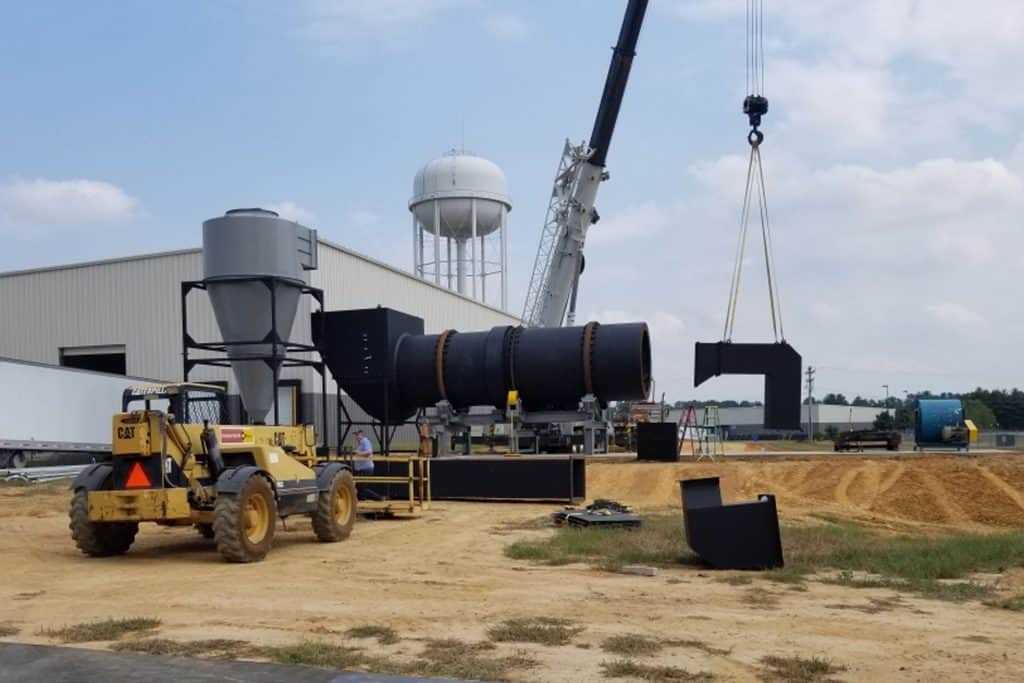By: Branden Drew
Methane is the second biggest factor in climate change by greenhouse gasses. Methane is produced by the decay of organic material and is produced primarily by natural gas and petroleum systems, enteric fermentation (digestion process of animals), landfills, and manure management according to the US Environmental Protection Agency (EPA). Enteric fermentation and manure management combined make up a total of 36% of total methane emissions. But how does methane get released from animals and their manure?
As mentioned above, methane (CH4) is produced by the decay of organic material. Microorganisms and bacteria break down the organic matter and in doing so releases CH4. Anaerobic conditions (oxygen free systems) are generally needed to produce CH4. A lack of oxygen allows the carbon atom to bond with hydrogen rather than oxygen, which would form carbon dioxide (CO2) which is the biggest factor in climate change.These conditions are often made possible by piling material such as manure, with the top portion preventing oxygen from reaching the bottom. The mass quantity of emissions is made possible by large farms who generate massive amounts of manure. The manure is piled up and then used as fertilizer as needed. This pile of manure then generates methane emissions as it decomposes. To help prevent this, the manure can be heated to over 131oF to kill off the microorganisms and bacteria that were mentioned before.
Vulcan® Drying Systems has a solution. Vulcan® uses direct fired rotary dryers that are customized to fit any production’s specific needs. Vulcan® custom Drying Systems can include a feed hopper, feed/discharge conveyors, rotary kiln with burner, and pollution control, and depending on your unique production requirements these components are interchangeable. For manure, a cyclone followed by a water injected venturi scrubber is used to achieve full pollution control as well as reducing odor. Vulcan® provides a step-by-step manual specifically made for each unit that includes safety measures, general components, handling and storage, initial set up instructions, and all other information needed to get your drying system up and running.
Below is a link to an article that goes into detail about methane and its affects on people and the environment.
Related Article: https://sciencing.com/what-are-the-dangers-of-methane-gas-13404265.html
- https://s3.amazonaws.com/mclanahan.com/images/Solutions/Agricultural/Manure-Management/Manure-Management-Conveyance.jpg?mtime=20180626113638
- https://img.etimg.com/thumb/width-640,height-480,imgsize-49294,resizemode-1,msid-69321413/news/science/decoded-how-methane-eating-bacteria-creates-green-fuel/getty.jpg



